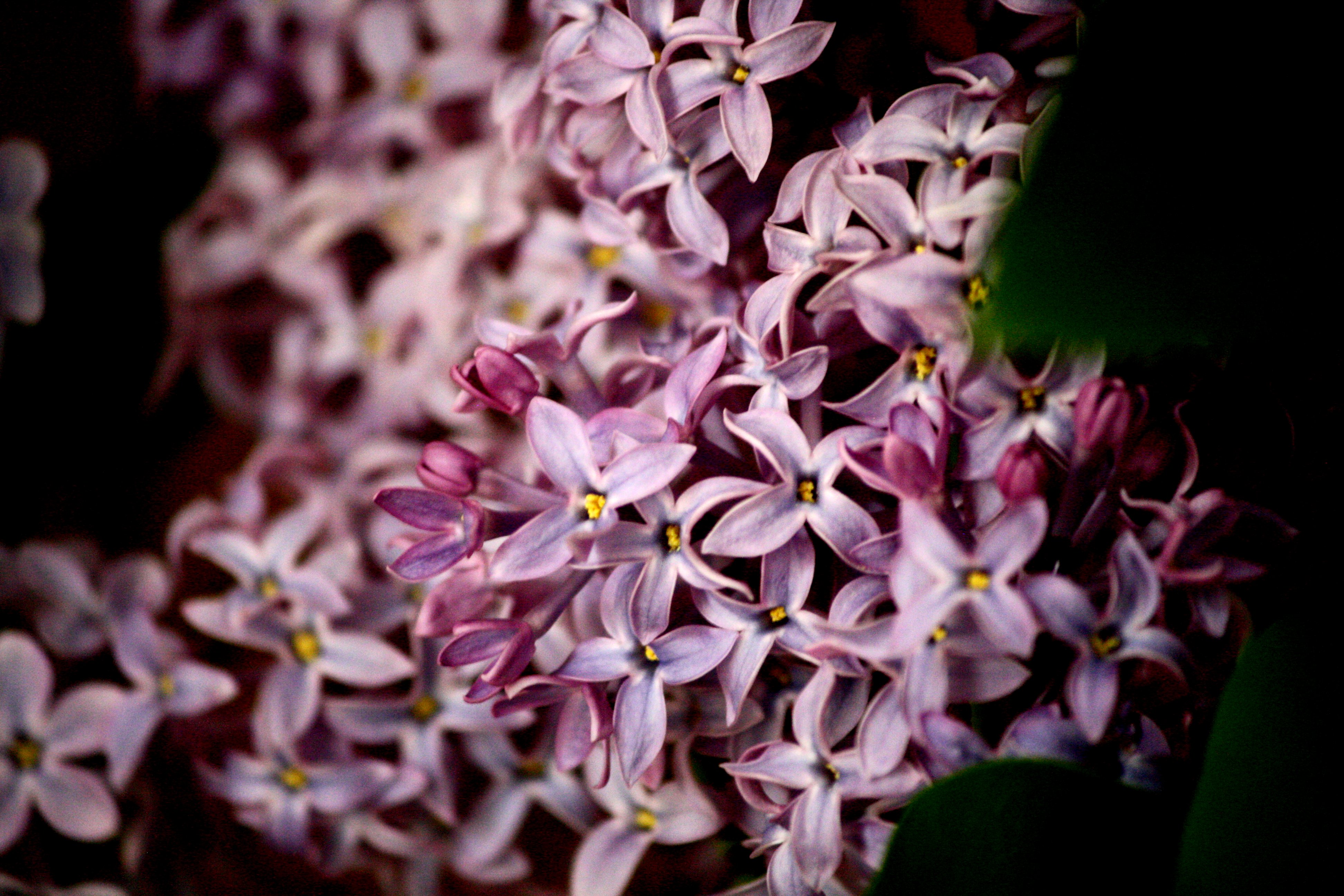

Its tapered flower head is a bit showier than the rest of the lavandins', and its fragrance has a pronounced hint of camphor. 'Grosso', which stands at 24 inches when in bloom, is my favorite lavandin. These showy flowers are the first lavenders to bloom in spring in my garden, and with some deadheading, they continue to bloom freely throughout the growing season.Īlthough the shapes of lavandin flowers may be less intriguing than those of Spanish lavender, these flowers make up for their lack of showiness by rising above the plant on incredibly long stalks. The dark-purple bracts, or "rabbit ears," that sit above the pinecone-shaped flower head appear to glow when backlit by a rising or setting sun. No lavender flower is more intriguing than Spanish lavender ( L. They inherited not only silver-colored leaves, but also the hairy leaves of woolly lavender. They all rival 'Fred Boutin' in brilliance.

lanata), a plant known for its textured leaves. Other lavenders with notable foliage, like 'Silver Frost', 'Ana Luisa', 'Richard Gray', and 'Sawyers', were derived from crosses with woolly lavender ( L. The leaf margins of 'Goodwin Creek Grey' have just a few teeth at the basal end of the leaf, whereas the leaf margins of French lavender are uniformly toothed. Its leaves brighten to a distinct silvery hue during the heat of the summer and stay silver into the winter months, when most lavenders become dull and uninspiring.ĭentation, or the rounded, teethlike shapes that adorn the margins of some leaves, is another attractive feature of a few lavender species. L. × intermedia 'Fred Boutin', a lavandin cultivar, is near the top of the list for foliage color. The small, spear-shaped leaves of lavenders are characteristically green when young and turn silvery-gray as they age. See "Exceptional lavender selections" (below) for a list of choice plants and their distinctive features. angustifolia) for its superb oil quality and lavandin ( L. × intermedia) for its long-stemmed flowers. Many other species and cultivars have gained notoriety through the ages, including English lavender ( L. dentata)-the herbs of choice at the Roman Baths. During Roman times, the mention of lavender conjured up images of Spanish lavender ( Lavandula stoechas) and French lavender ( L. As we walked down the path that wound through her garden, she pointed to varieties of lavender while reciting horticultural epithets and interesting facts about each. My herb mentor and friend, Emma Wakefield, introduced me to lavender. It's also attractive to me because it has many uses, from lavender wands and dried flowers for potpourri to oil for aromatherapy products, colognes, lotions, and soaps. I'm passionate about its flowers and foliage. Since I never quarrel with my wife, Melissa, I prefer to let lavender work its magic in my garden. According to folklore, spouses who place lavender flowers between their bed sheets will never quarrel.


 0 kommentar(er)
0 kommentar(er)
